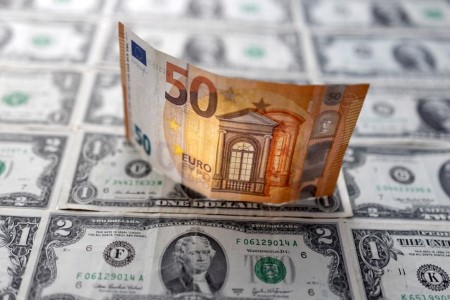




Policy Rate Updates: Double cut finale
 DOWNLOAD
DOWNLOAD

Monthly Economic Update: One for the road
 DOWNLOAD
DOWNLOAD

Inflation Update: Still low, still slow
 DOWNLOAD
DOWNLOAD


US recap: Fed view drives EUR/USD to lowest since Oct. 21

Nov 3 (Reuters) – The dollar rose on Thursday, extending Wednesday’s Fed-inspired gains and helped by dovish guidance provided by the BoE following its 75bp hike and comments from ECB officials suggesting that they couldn’t match US monetary tightening.
EUR/USD and GBP/USD fell 0.67% and 1.8%, respectively, with losses slightly cushioned by underwhelming US layoffs, jobless claims and ISM non-manufacturing data.
Investors preparing for Friday’s non-farm payrolls report will have noticed that the ISM employment gauge tumbled back into contraction territory, though it has done that several times this year amid dislocations in the labor market.
The unexpected rise in still historically high job openings in September reported Monday suggests demand for labor continues to outstrip supply.
The rise in the ISM prices paid index to 70.7 from 68.7 in September fits with the Fed’s extended tightening guidance.
USD/JPY rose 0.2%, extending the Fed-led recovery from late Wednesday, but with gains slowing on the approach to 150 and 152, where previous yen-selling interventions took place.
Traders also appear wary ahead of this week’s 148.845 swing highs before Friday’s US jobs report. Solid payrolls data would reinforce the new cycle highs in the implied Fed terminal rate well above 5%, enhancing carry trade demand.
Higher yields in the US and beyond also weakened riskier assets, strengthening the dollar bid. The yen benefited on the crosses from related repatriations flows, but the currency is currently less of a haven due to Japan’s massive trade deficit and negligible current account surplus.
Risk proxy AUD/USD fell 0.87% amid broad de-risking, lower commodity prices and dashed hopes China would work away from its zero-COVID policy.
(Editing by Burton Frierson; Randolph Donney is a Reuters market analyst. The views expressed are his own.)
This article originally appeared on reuters.com





 By Reuters
By Reuters